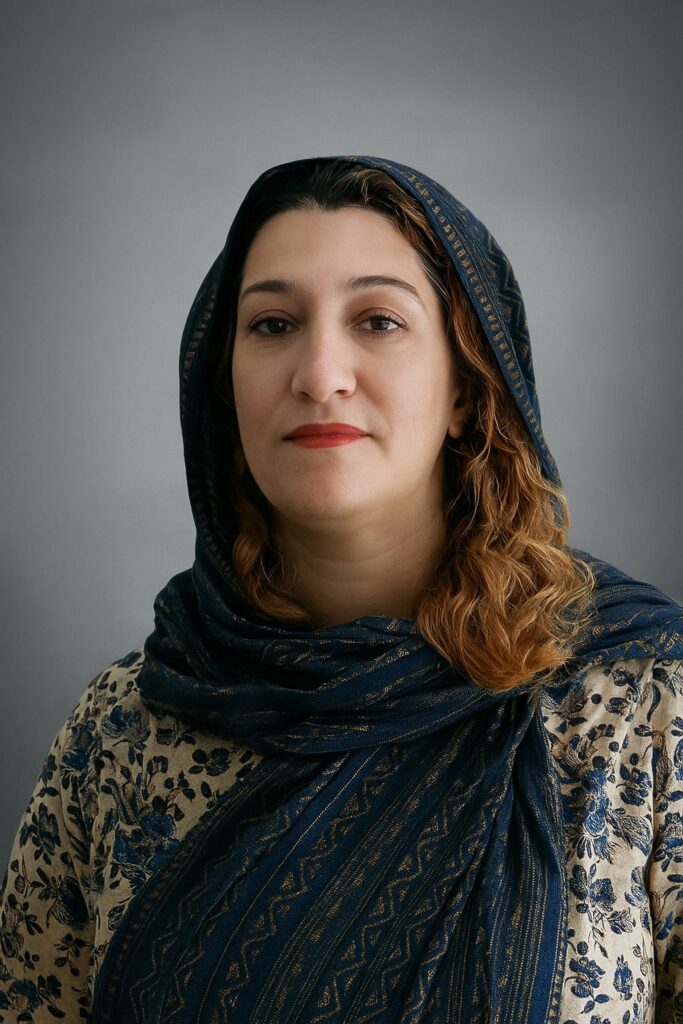- Web Desk
- Today

Cloudburst: two districts ravaged in just fifteen minutes
Cloudburst in Khyber Pakhtunkhwa turned into terror on the mountains. Water descended as death on the scenic valleys of Swat and Buner, reducing the peaceful lands into a spectacle of horror. These valleys, often celebrated for their lush hills, winding rivers, and breathtaking beauty, turned into a nightmare overnight. And the destruction continues to unfold.
On Friday, it started as an ordinary day. The sky was laden with heavy clouds, the air thick with humidity. Men were at work in the fields and markets, while women tended to children and homes. No one suspected that the looming clouds were not harbingers of rain, but messengers of death.
Suddenly, a thunderous roar echoed across the region. It was not an explosion from the earth, but an ominous crack in the heavens. Within seconds, a catastrophic cloudburst struck Mount Elum. The skies tore open, and torrents of water cascaded down the mountain, forming a monstrous deluge that swept through villages, fields, and homes in its path.
Initial surveys reveal that about 20 per cent of the floodwaters surged toward Mingora, flooding streams and shocking residents who saw rivers rise without a single drop of visible rainfall. Panic spread as drainage channels overflowed, and people rushed to higher ground, unable to understand the sudden surge.
But the deadliest blow came when over 80 per cent of the torrent hurled itself toward Pir Baba in District Buner. The flood was not just water; it was a wall of debris, rocks, and uprooted trees that bulldozed everything in its way – villages of Bashonai, Daggar, and even extending into Torghar.
“We had barely fifteen minutes,” recalled one eyewitness in trembling voice. “The water came so fast, there was no time to grab the children or help the elderly. Whoever stood in its way was swept away.”
Some residents tried to flee uphill, while others attempted to rescue livestock, but the speed of the torrent left little chance. Those who lived did so by sheer luck, just a few meters’ difference from the torrent’s path was the line between life and death.
This was no ordinary flood. Estimates suggest the waters covered 100 kilometers in only 15 minutes, averaging a kilometer every nine seconds.
To put that in perspective: in nine seconds, a person can barely catch a breath, make a decision, or take a step. Yet death was racing a kilometer ahead, unstoppable, unyielding.
Neither the mountain’s slope, nor its dense forests, nor the foundations of sturdy homes stood a chance. Mighty houses crumbled like fragile sandcastles, and lush fields withered into lifeless dust. Eyewitness accounts of the sound of rushing water mixed with the cracking of trees, the collapse of roofs, and the screams of those caught in the torrent is a soundtrack of terror etched forever into memory.
By evening, the devastation was beyond imagination. In Pir Baba, 80 per cent of the village was obliterated, leaving only fragments of houses and broken foundations. In Bashonai, half the homes reduced to rubble, fields buried under layers of mud and rock. In Daggar, large parts of the town swept away, with schools, shops, and mosques left unrecognisable.
Families clawed through the mud with their bare hands, searching for loved ones. Children’s toys, family photos, and livestock carcasses lay scattered amid broken bricks and timber. The ferocity of the flood was evident in a chilling discovery, two women’s bodies were recovered near the Indus River, nearly 100 kilometers from Pir Baba, carried that far by the raging waters.
The disaster struck homes the hardest. Most young men, working in the fields or outside the villages, escaped. But women, children, and the elderly bore the brunt of the devastation. “Our village has men, but hardly any women or children are left,” one grief-stricken survivor said.
Some households were reduced to a single survivor. In others, entire families disappeared, leaving no one behind to mourn them. A father wept as he recounted finding his son’s schoolbag in the mud, but not his son. A child clung to the photograph of his mother, retrieved from the rubble of their home.
So far, over 200 bodies have been recovered in Buner, but the death toll has already climbed to above 300. Hundreds remain missing, and with roads destroyed, rescue operations are painfully slow. Helicopters and boats have been deployed, but many villages are still inaccessible. The lists of the missing grow longer each day, and with each update, despair deepens.
Rescue workers face nearly impossible challenges. Roads have been washed away, bridges destroyed, and communications cut off. Survivors stranded without food, clean water, or medical supplies. Emergency camps have been set up, but overcrowding and lack of resources worsen the suffering. Volunteers dig with shovels, while local men use their bare hands to pull bodies from the rubble. Doctors warn of the risk of waterborne diseases spreading among the displaced, adding another layer to the tragedy.
This disaster is already being described as one of the worst human tragedies in Pakistan’s history. For many survivors, the trauma is psychological as much as physical. The constant sound of rushing water now triggers panic. Children wake screaming in the night, haunted by memories of drowning siblings or mothers torn from their arms.
Meteorologists explain that a cloudburst occurs when heavy, moisture-laden clouds rapidly release their contents over a concentrated area, often in mountainous regions. The narrow valleys of Swat and Buner, surrounded by steep terrain, magnify the effect.
Pakistan, increasingly vulnerable to climate change, has seen a rise in such unpredictable and extreme weather events. Scientists warn that deforestation and unregulated construction in mountain regions exacerbate the destruction by stripping away natural barriers that could slow floodwaters.
Environmental experts agree that this disaster is as much natural as it is man-made. We have disturbed the balance of these mountains, and now we are paying the price.






